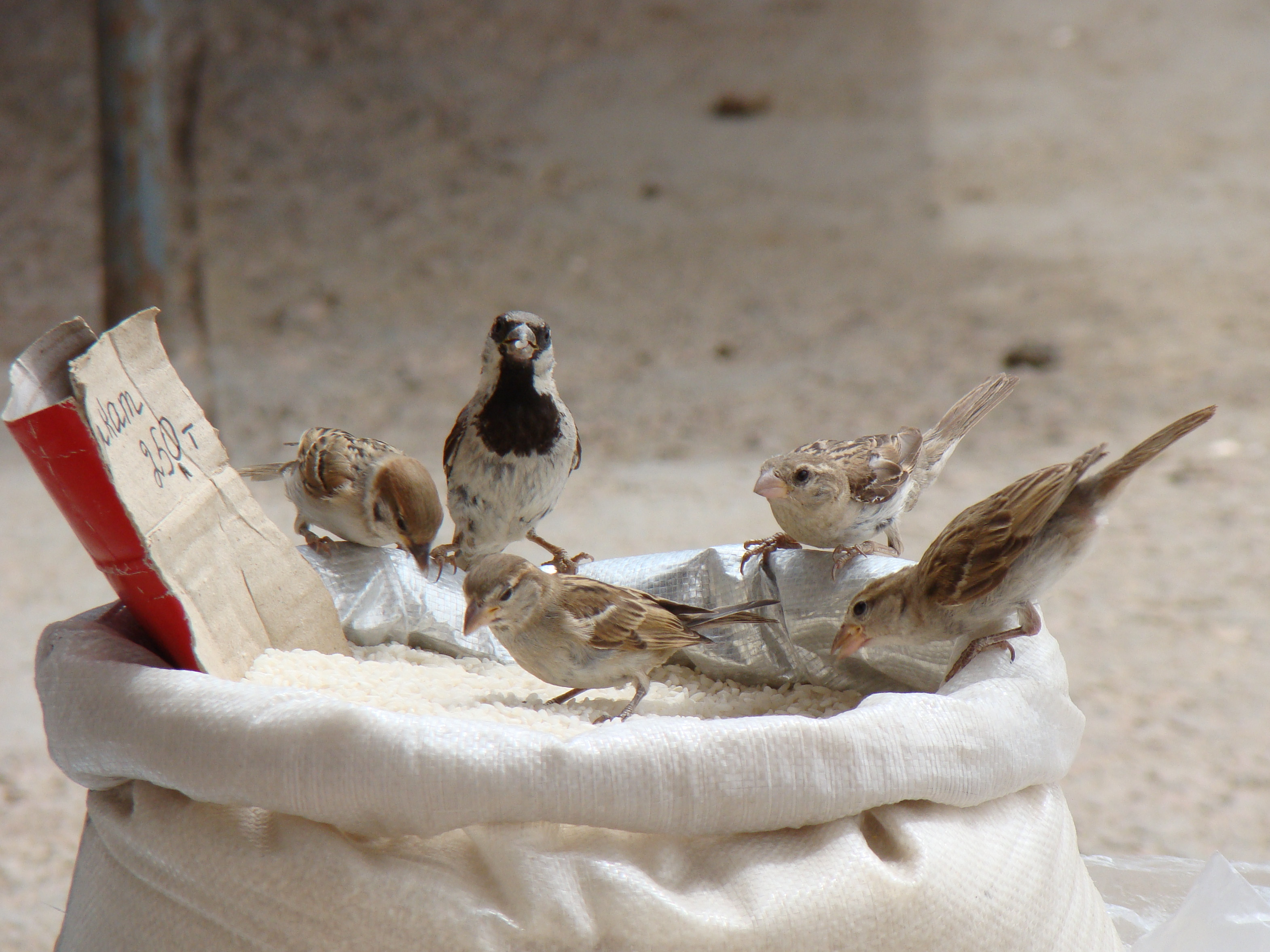|
Southern Grey-headed Sparrow
The southern grey-headed sparrow (''Passer diffusus'') is a passerine bird of the sparrow family Passeridae. It is sometimes treated as a subspecies of the grey-headed sparrow. It is found in savanna and woodland in Angola and Zambia southwards into South Africa, where it is expanding its range and is kept as a caged bird, like its relative the white-rumped seedeater The white-rumped seedeater (''Crithagra leucopygia'') is a species of finch in the family Fringillidae. It is found throughout the Sahel and the eastern part of the Sudan region. Its natural habitat is dry savanna. It is known elsewhere and in .... References External links *Southern Grey-headed Sparrowat the Internet Bird CollectionSouthern Grey-headed Sparrow species textin The Atlas of Southern African Birds southern grey-headed sparrow Birds of Southern Africa Birds described in 1836 {{Passeridae-stub ... [...More Info...] [...Related Items...] OR: [Wikipedia] [Google] [Baidu] |
Pietermaritzburg
Pietermaritzburg (; Zulu: umGungundlovu) is the capital and second-largest city in the province of KwaZulu-Natal, South Africa. It was founded in 1838 and is currently governed by the Msunduzi Local Municipality. Its Zulu name umGungundlovu is the name used for the district municipality. Pietermaritzburg is popularly called Maritzburg in Afrikaans, English and Zulu alike, and often informally abbreviated to PMB. It is a regionally important industrial hub, producing aluminium, timber and dairy products, as well as the main economic hub of Umgungundlovu District Municipality. The public sector is a major employer in the city due to local, district and provincial governments located here. The city has many schools and tertiary education institutions, including a campus of the University of KwaZulu-Natal. It had a population of 228,549 in 1991; the current population is estimated at over 600,000 residents (including neighbouring townships) and has one of the largest populatio ... [...More Info...] [...Related Items...] OR: [Wikipedia] [Google] [Baidu] |
Andrew Smith (zoologist)
Sir Andrew Smith (3 December 1797 – 11 August 1872) was a British surgeon, explorer, ethnologist and zoologist. He is considered the father of zoology in South Africa having described many species across a wide range of groups in his major work, ''Illustrations of the Zoology of South Africa''. Smith was born in Hawick, Roxburghshire. He qualified in medicine at the University of Edinburgh obtaining an M.D. degree in 1819, having joined the Army Medical Services in 1816. South Africa 1820–1837 In 1820 he was ordered to the Cape Colony and was sent to Grahamstown to supervise the medical care of European soldiers and soldiers of the Cape Corps. He was appointed the Albany district surgeon in 1822 and started the first free dispensary for indigent patients in South Africa. He led a scientific expedition into the interior and was able to indulge in his interests of natural history and anthropology. On several occasions, he was sent by governors on confidential missions to vis ... [...More Info...] [...Related Items...] OR: [Wikipedia] [Google] [Baidu] |
Passerine
A passerine () is any bird of the order Passeriformes (; from Latin 'sparrow' and '-shaped'), which includes more than half of all bird species. Sometimes known as perching birds, passerines are distinguished from other orders of birds by the arrangement of their toes (three pointing forward and one back), which facilitates perching. With more than 140 families and some 6,500 identified species, Passeriformes is the largest clade of birds and among the most diverse clades of terrestrial vertebrates, representing 60% of birds.Ericson, P.G.P. et al. (2003Evolution, biogeography, and patterns of diversification in passerine birds ''J. Avian Biol'', 34:3–15.Selvatti, A.P. et al. (2015"A Paleogene origin for crown passerines and the diversification of the Oscines in the New World" ''Molecular Phylogenetics and Evolution'', 88:1–15. Passerines are divided into three clades: Acanthisitti (New Zealand wrens), Tyranni (suboscines), and Passeri (oscines or songbirds). The passeri ... [...More Info...] [...Related Items...] OR: [Wikipedia] [Google] [Baidu] |
Old World Sparrow
Old World sparrows are a group of small passerine birds forming the family Passeridae. They are also known as true sparrows, a name also used for a particular genus of the family, ''Passer''. They are distinct from both the New World sparrows, in the family Passerellidae, and from a few other birds sharing their name, such as the Java sparrow of the family Estrildidae. Many species nest on buildings and the house and Eurasian tree sparrows, in particular, inhabit cities in large numbers. They are primarily seed-eaters, though they also consume small insects. Some species scavenge for food around cities and, like gulls or pigeons, will eat small quantities of a diversity of items. Description Generally, Old World sparrows are small, plump, brown and grey birds with short tails and stubby, powerful beaks. The differences between sparrow species can be subtle. Members of this family range in size from the chestnut sparrow (''Passer eminibey''), at and , to the parrot-billed spa ... [...More Info...] [...Related Items...] OR: [Wikipedia] [Google] [Baidu] |
Family (biology)
Family ( la, familia, plural ') is one of the eight major hierarchical taxonomic ranks in Linnaean taxonomy. It is classified between order and genus. A family may be divided into subfamilies, which are intermediate ranks between the ranks of family and genus. The official family names are Latin in origin; however, popular names are often used: for example, walnut trees and hickory trees belong to the family Juglandaceae, but that family is commonly referred to as the "walnut family". What belongs to a family—or if a described family should be recognized at all—are proposed and determined by practicing taxonomists. There are no hard rules for describing or recognizing a family, but in plants, they can be characterized on the basis of both vegetative and reproductive features of plant species. Taxonomists often take different positions about descriptions, and there may be no broad consensus across the scientific community for some time. The publishing of new data and opini ... [...More Info...] [...Related Items...] OR: [Wikipedia] [Google] [Baidu] |
Grey-headed Sparrow
The northern grey-headed sparrow (''Passer griseus''), also known as the grey-headed sparrow, is a species of bird in the sparrow family Passeridae, which is resident in much of tropical Africa. It occurs in a wide range of open habitats, including open woodlands and human habitation, often occupying the same niche as the house sparrow does in Eurasia. The adult northern grey-headed sparrow has a pale grey head with a white moustache stripe, pale brown upperparts, whitish underparts and chestnut wings with a small white shoulder patch. The sexes are similar, but young birds are slightly duller and lack the white wing patch. There are three subspecies, differing in plumage tone, especially with regard to the darkness of the head. This sparrow is mainly resident in its range, but there is some seasonal movement, and flocks of up to 50 birds form outside the breeding season. It builds a cup nest in trees, thatch, or old nests of other birds; 2–4 eggs are laid. This species fee ... [...More Info...] [...Related Items...] OR: [Wikipedia] [Google] [Baidu] |
White-rumped Seedeater
The white-rumped seedeater (''Crithagra leucopygia'') is a species of finch in the family Fringillidae. It is found throughout the Sahel and the eastern part of the Sudan region. Its natural habitat is dry savanna. It is known elsewhere and in aviculture as the grey singing finch. The white-rumped seedeater was formerly placed in the genus ''Serinus'' but phylogenetic analysis using mitochondrial and nuclear DNA sequences found that the genus was polyphyletic. The genus was therefore split and a number of species including the white-rumped seedeater were moved to the resurrected genus ''Crithagra'' Swainson 1827. References white-rumped seedeater Birds of the Sahel white-rumped seedeater The white-rumped seedeater (''Crithagra leucopygia'') is a species of finch in the family Fringillidae. It is found throughout the Sahel and the eastern part of the Sudan region. Its natural habitat is dry savanna. It is known elsewhere and in ... Taxonomy articles created by Polbot [...More Info...] [...Related Items...] OR: [Wikipedia] [Google] [Baidu] |
Passer
''Passer'' is a genus of sparrows, also known as the true sparrows. The genus contains 28 species and includes the house sparrow and the Eurasian tree sparrow, two of the most common birds in the world. They are small birds with thick bills for eating seeds, and are mostly coloured grey or brown. Native to the Old World, some species have been introduced throughout the world. Taxonomy The genus ''Passer'' was introduced by the French zoologist Mathurin Jacques Brisson in 1760. The type species was subsequently designated as the house sparrow (''Passer domesticus''). The name ''Passer'' is the Latin word for "sparrow." Studies by Arnaiz-Villena et al. have examined the evolutionary relationships of the genus ''Passer'' with other members of the family Passeridae, and of members of the genus in relation to each other. According to a study by Arnaiz Villena et al. published in 2001, the genus originated in Africa and the Cape sparrow is the most basal lineage. The particular l ... [...More Info...] [...Related Items...] OR: [Wikipedia] [Google] [Baidu] |
Birds Of Southern Africa
Birds are a group of warm-blooded vertebrates constituting the class Aves (), characterised by feathers, toothless beaked jaws, the laying of hard-shelled eggs, a high metabolic rate, a four-chambered heart, and a strong yet lightweight skeleton. Birds live worldwide and range in size from the bee hummingbird to the ostrich. There are about ten thousand living species, more than half of which are passerine, or "perching" birds. Birds have whose development varies according to species; the only known groups without wings are the extinct moa and elephant birds. Wings, which are modified forelimbs, gave birds the ability to fly, although further evolution has led to the loss of flight in some birds, including ratites, penguins, and diverse endemic island species. The digestive and respiratory systems of birds are also uniquely adapted for flight. Some bird species of aquatic environments, particularly seabirds and some waterbirds, have further evolved for swimming. ... [...More Info...] [...Related Items...] OR: [Wikipedia] [Google] [Baidu] |



.jpg)

.jpg)